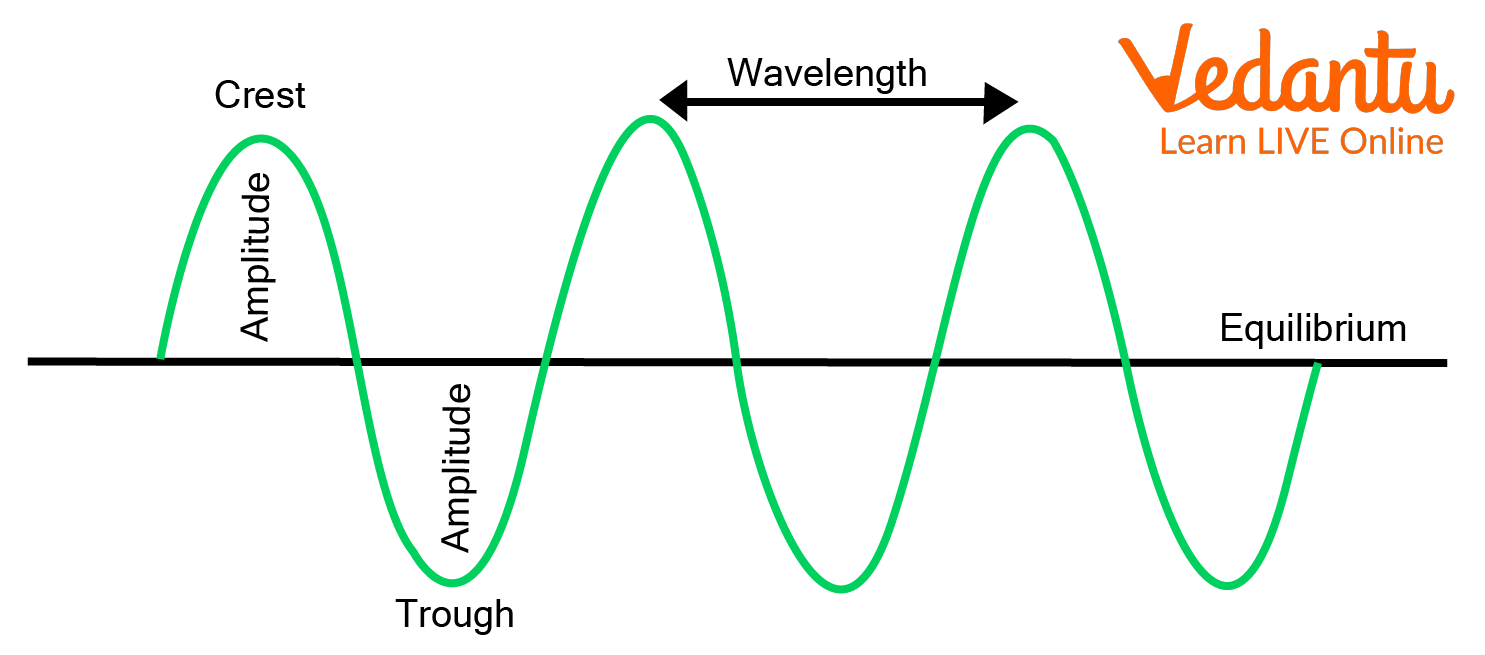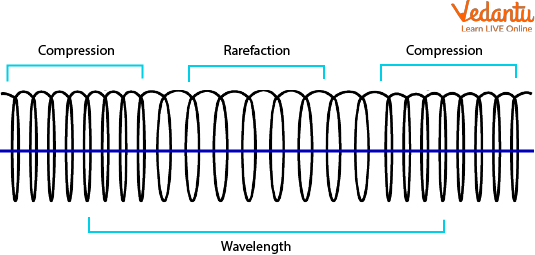




What is a Rest Position?
Rest position can be described just as, “The Constant stance position of the mandible”. The resting position of the mandible was defined by Wallish in 1906. As stated by him, the rest position was the position of the mandible where all strength sections are removed.
It has been declared that the mandibular rest position is automatically fixed. There are many factors that may influence the resting position of the mandible. It involves the lips, cheeks, tongue, teeth, dentures, head posture, body posture, neck muscles, breathing demands, emotional stress, drug therapy, age, and time of the day.
Rest Position of a Wave
The rest position of a wave is that position in which the wave would settle down if there was no distraction moving through it, which is occasionally called the balance position. The magnitude of a wave is estimated as the space from the highest point of a wave to its balance position or rest position. The rest position can be thought of as the mean line into and out of a wave.

A Wave
The rest position of a transverse wave, which is called the balance point, is the position where the wave settles down when there is no power being carried through it. For example, rope, the rest position would be the position of the rope when it is extended out and no waves are working through it, which is a linear line from one end to the other.
A transverse wave can be generated and noticed by extending out a rope and clicking one end so that a wave works through the whole rope to the other end.
Resting Position of the Medium
The resting position of the medium is where the particles are in an undisturbed position (a state of rest) when they are not vibrating. Solid, liquid, and gas are the three mediums through that waves can progress the whole time. Vacuum is not specifically considered to be a medium. Mechanical waves can only progress through a medium, as they need a medium to generate. Sound and water are mechanical waves. A mechanical wave is a wave that is ineligible to transmit its energy through a vacuum. Mechanical waves stand in a need of medium to transfer their energy from one location to another location. This is the resting point definition.
Which Type of Wave Does Not Have a Crest?
Wave Medium Definition
The medium that carries a wave (or disturbance) from one place to another is known as a wave medium. The wave medium just conveys or transports the wave from its source to other sites; it neither creates nor is the wave.
Examples of wave medium: Ocean waves travel through water. Sound waves travel through the air, which is how we hear them. The medium of light is the electric and magnetic fields.
A longitudinal wave does not have a crest. Its wavelength can always be intended by estimating the length between two correlated points on adjoining waves. In a longitudinal wave, the medium works in the same regulation regarding the wave. At this place, the motion of the molecules is from left to right and forces other molecules to shake. Sound waves are longitudinal waves, which travel through the air. Longitudinal waves contain abbreviations and absolutions.

A Longitudinal Wave
In a longitudinal wave, the movement of the molecules happens side by side to the direction the waves travel. The subdivision of longitudinal waves does not take place. This wave acts in a single size.
The Highest Part of a Wave
The highest part of a wave is called the Crest. The trough is called the lowest part of a wave. A crest is an object that is situated at the top of something. A crest is a symbol or design used to represent a family, group, or organization. The crest is a transverse wave. An example of Crest is water stretching out to its highest level in steam. A Crest is a point on a wave with the greatest value of upward displacement within a cycle. A crest is a point on a plane surface wave where the movement of the medium is greatest.
Summary
In this article, we studied the definition of the rest position. Rest position is defined as zero work done at that particular time. It means that a particular person is inactive at that time. We have also learned the medium of the wave, the highest part of the wave, and which type of wave doesn't have a Crest. The crest is called to the highest part of a wave and the trough is called to the lower part. A wavelength has amplitude (height of the wave) along with trough and crest.
FAQs on Rest Position of a Wave
1. When do the waves stop?
The waves will cease developing yet continue to move if the wind dies or changes its direction. They'll continue to move in a straight path away from the place they were formed, sometimes for days, until they encounter something like a beach, when they run against something that breaks them.
2. What are the main characteristics of mechanical waves?
The main characteristics of mechanical waves are as follows:-
Mechanical waves can be horizontal and Long.
It moves energy from point to point through the medium.
It consists of continuous brothers.
It includes some materials such as air, earth, water, and solid.
The presentation of a medium should be there.
It can be constructed when the energy from some sort of force vibrates and makes it move.
There are three types of mechanical waves which are longitudinal waves, transverse waves, and surface waves.
3. How do waves travel in a medium?
Sound waves are created by vibrations in a gas, while water waves are created by vibrations in a liquid (air). By causing molecules to collide with one another, similar to falling dominoes, these mechanical waves move across a medium and transfer energy from one to the next.









